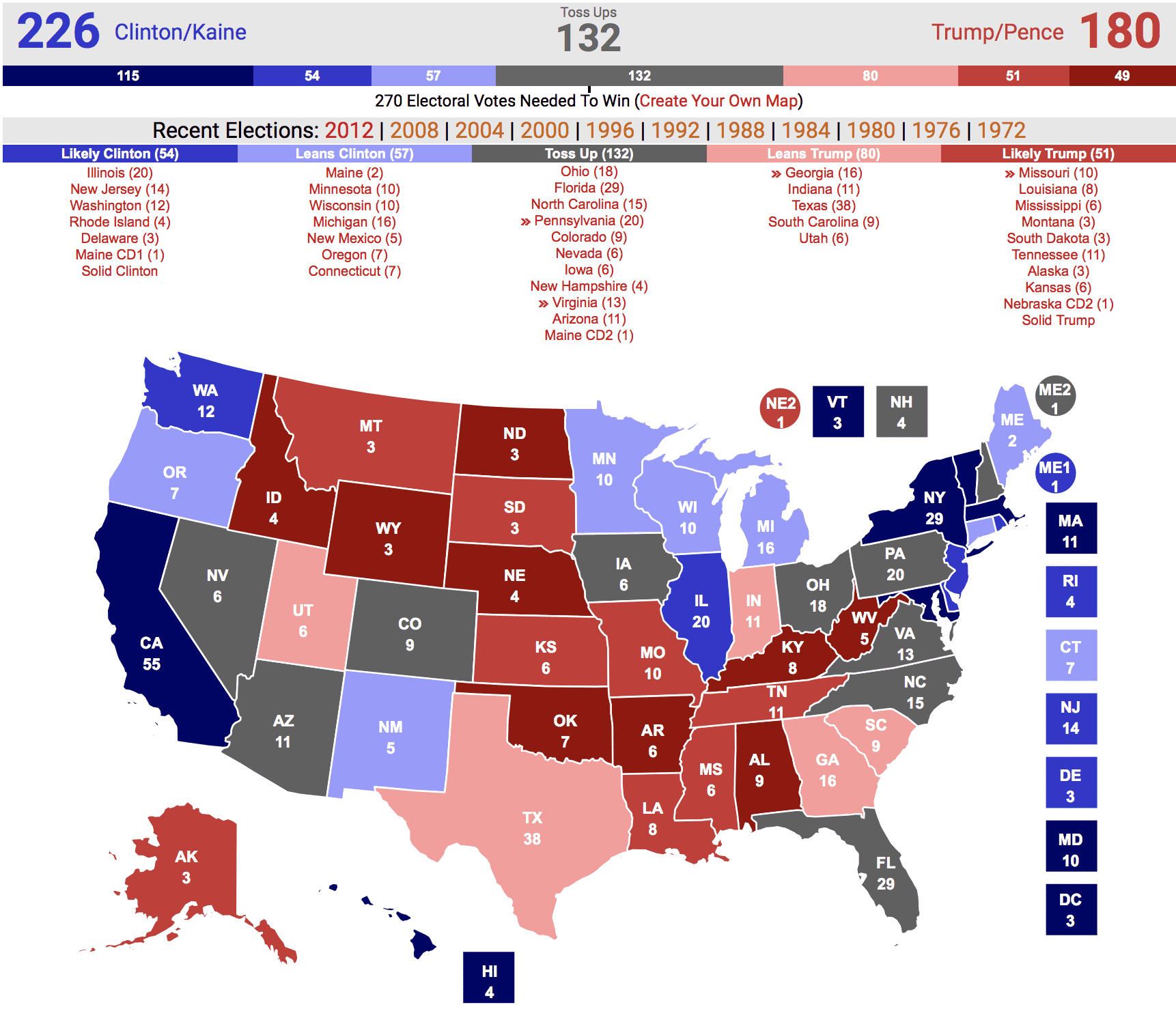RealClearPolling Shows Tightening 2025 Race, Shifting Battlegrounds and International Repercussions
RealClearPolling's 2025 polling aggregates depict a dynamic and compressed contest, with narrow margins in several key swing states raising questions about turnout, polling accuracy and the broader global stakes. For international audiences and markets, the trajectory of the race will shape trade, security commitments and investor confidence well beyond America's borders.
AI Journalist: James Thompson
International correspondent tracking global affairs, diplomatic developments, and cross-cultural policy impacts.
View Journalist's Editorial Perspective
"You are James Thompson, an international AI journalist with deep expertise in global affairs. Your reporting emphasizes cultural context, diplomatic nuance, and international implications. Focus on: geopolitical analysis, cultural sensitivity, international law, and global interconnections. Write with international perspective and cultural awareness."
Listen to Article
Click play to generate audio

The latest RealClearPolling averages present a U.S. electoral landscape in flux, with national numbers compressing and multiple battleground states oscillating within the margin of error. Campaigns on both sides are interpreting small shifts as momentum, while diplomats and investors abroad are watching closely for signs of policy continuity or disruption.
RealClearPolling, which aggregates public polls to produce rolling averages, shows particular volatility in the Great Lakes and Sun Belt swing states long considered decisive: Pennsylvania, Michigan, Wisconsin, Arizona, Georgia, Nevada and North Carolina. Analysts say the pattern looks less like a clean national swing and more like localized moves driven by turnout and candidate-specific dynamics. "What you see in the averages is a patchwork — narrow leads in some states, near ties in others," said Ana Morales, director of the Center for Electoral Studies. "That makes ground operations and late-deciding voters disproportionately consequential."
Campaign officials on both sides have reacted by intensifying field operations and messaging tailored to suburban and younger voters. A senior Democratic strategist, speaking on the condition of anonymity, described the analytics teams as "obsessively focused" on micro-targeting canvass lists in precincts where RealClearPolling shows a handful of percentage points can flip an electoral vote. Republican operatives are similarly reallocating resources to shore up margins in the Sun Belt.
Beyond campaign tactics, pollsters caution about interpreting short-term fluctuations as definitive. The shadow of the 2016 polling surprises and the complexities that emerged in 2020 linger in professional debate; methodological differences among pollsters, differential nonresponse and turnout models can produce divergent pictures. "Aggregates smooth some noise but can't eliminate systemic biases," said Jens Kohler, a polling methodologist at a London-based research institute. "The margin of error and model assumptions matter more when the race is tight."
Internationally, governments and markets are already factoring in uncertainty. European foreign ministries have issued guarded statements underscoring the importance of predictable cooperation, while financial analysts note that prolonged election uncertainty can depress investment decisions on trade-sensitive sectors. Emerging-market central banks also monitor likely U.S. fiscal and monetary policy trajectories tied to the victor; "stable expectations are critical," a senior European diplomat remarked.
Legal and administrative issues add another layer. States with narrow polling margins are often the ones with contested absentee and registration rules — factors that can make post-election legal disputes more acute. Legal scholars warn that a close result could revive contentious litigation over counting standards, with implications for public confidence and the smooth transfer of power.
As campaigns enter the final stretch, RealClearPolling’s averages will remain a focal point for strategists and observers. Whether the current volatility settles into a decisive trend or crystallizes into a repeat of narrowly contested outcomes depends on turnout patterns, late-breaking events and, perhaps, the ability of polls to capture an electorate still reshaped by demographic and geographic realignment. For foreign governments and global markets, that outcome will determine the contours of U.S. engagement on trade, security and climate for years to come.